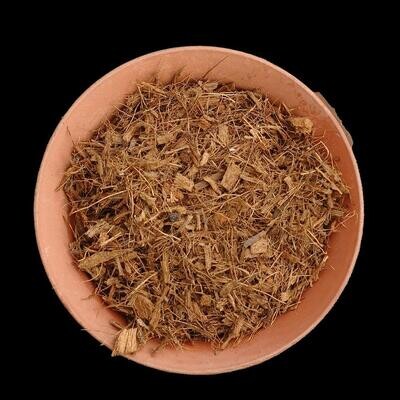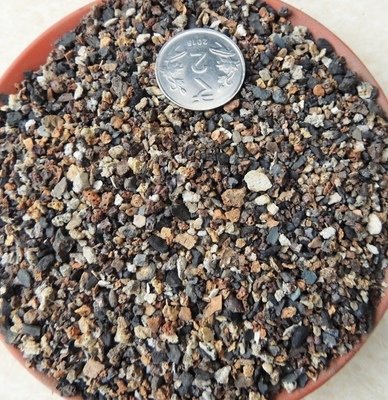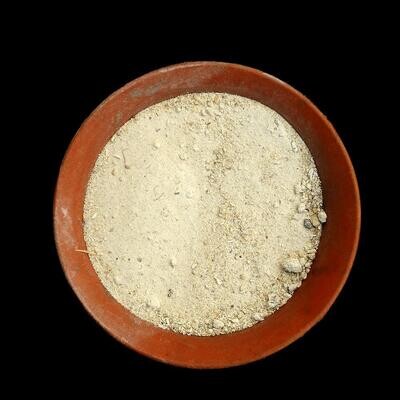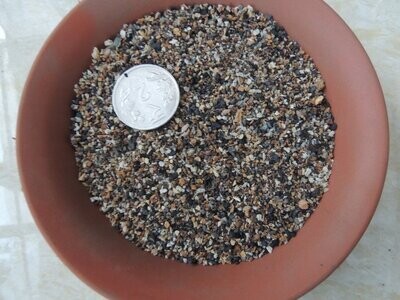Please check the Shipping Updates Page for information on shipping.
Caralluma socotrana
Origin of Name
Caralluma socotrana is named after its place of origin. 'Socotrana' refers to Socotra, an archipelago off the coast of Yemen, indicating where this plant is naturally found. The genus name 'Caralluma' is thought to be derived from the Arabic word 'qahr al-luhum', meaning 'wound in the flesh' or 'abscess', due to the fleshy nature of the plants in this genus.
Technical Description of Plant
Caralluma socotrana is a small, perennial succulent known for its distinctive appearance. It typically forms clumps of erect or sprawling stems that can grow up to 6-12 inches in height. The stems are fleshy, green, and branched, with a slightly four-angled cross-section. They are adorned with small, rudimentary leaves that are often short-lived. The surface of the stems is smooth with occasional slight tubercles. Caralluma socotrana is particularly admired for its flowers, which are star-shaped, fleshy, and typically dark red to purplish-black in color, with a unique, somewhat foul odor that attracts pollinating insects.
Origin of Plant
Caralluma socotrana is native to the Socotra archipelago. This isolated location contributes to the unique flora and fauna found there, with Caralluma socotrana being one of many endemic species. It typically grows in rocky or sandy soils in arid environments.
Conservation Status
Given its limited natural habitat, Caralluma socotrana may be susceptible to environmental pressures and habitat disturbance. While specific conservation status may not be well-documented, plants from isolated regions like Socotra generally require careful conservation management.
Care Instructions
Caralluma socotrana requires care similar to other succulents. It thrives in bright, indirect light but can tolerate some direct sunlight. A well-draining soil mix is essential, as the plant is prone to root rot in moist conditions. Water moderately during the growing season and reduce in winter, allowing the soil to dry out completely between waterings. It is not frost-tolerant and should be protected from freezing temperatures. Fertilization is generally not necessary, but a light feeding can be done during the active growing season.





